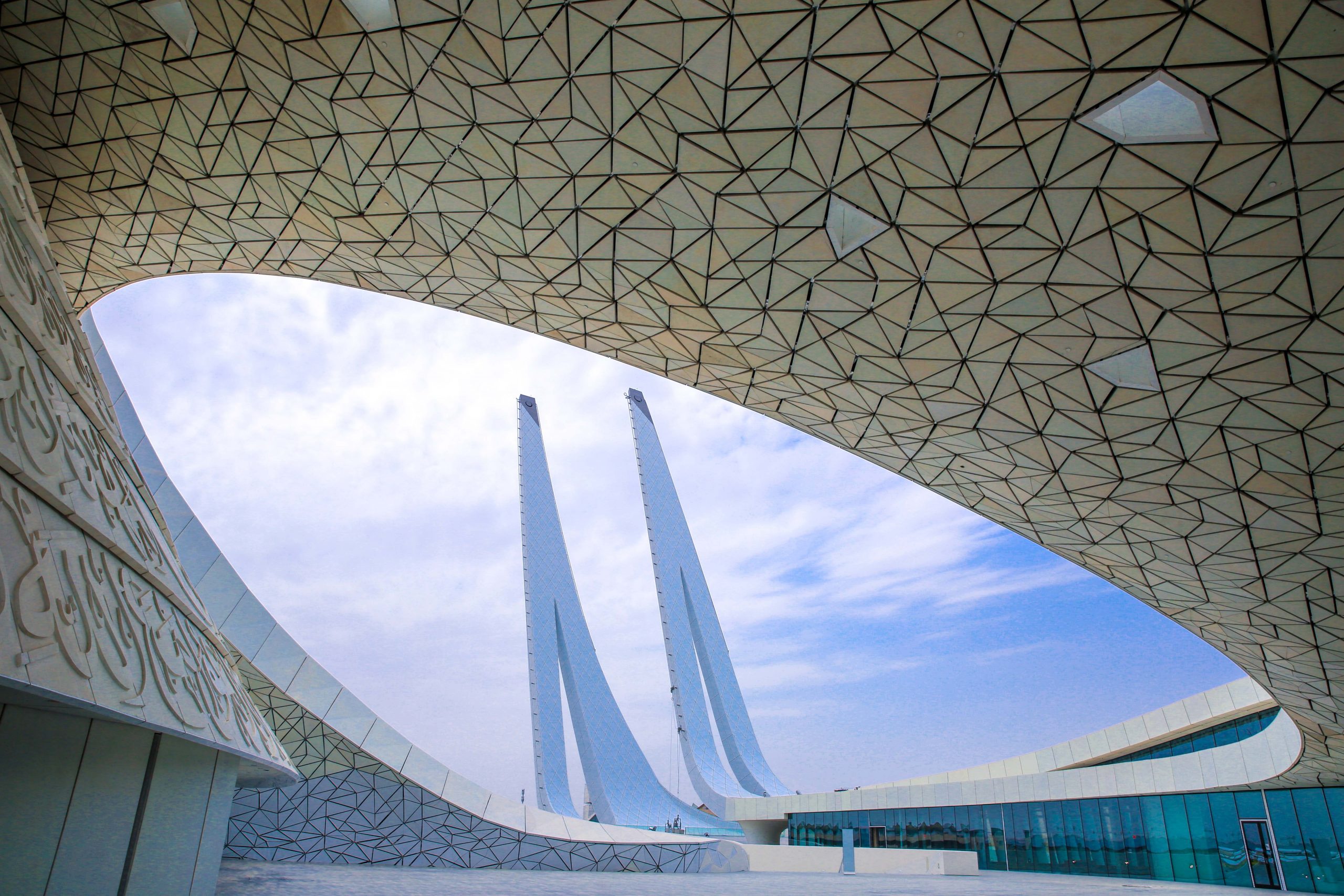
The striking new Qatar Faculty of Islamic Studies (QFIS) complex in Education City, along with two other architectural projects in the country, have been shortlisted for the prestigious title of 2015 World Building of the Year.
Some 338 projects from 46 countries have advanced to the final round of the award selection process, with nominations divided into 30 categories. The winners will be announced at the World Architecture Festival, which will take place in Singapore from Nov. 4-6.
QFIS has been shortlisted in two categories – religion and higher education. Built over three years by Qatar Foundation, the complex opened in March.

The upcoming Al Maha Center for Children and Young Adults also made the cut, under the “future projects – health” category.
The Hamad Medical Corp. (HMC) center in Al Wakrah Hospital is for young people with complex medical needs and has been designed by architects HDR Rice Daubney.
The third project to make the cut for Qatar is a design for a new courthouse in Doha.
The facility has been nominated under the “future projects – competition entries” category and won the firm AGi Architects second place in a recent competition organized by the Private Engineering Office (PEO), which is seeking a new, modern structure to replace the existing lower criminal courthouse in Al Sadd.
The GCC cut
The Qatar entries were among a total of 10 projects in the GCC that were shortlisted for the global prize.

They include the King Fahad National Library in Riyadh, by Gerber Architeken, in the category of “new and old,” Al Ghanim Ali Mohammed Thunayan Al Ghanim Center in Kuwait City by AGi Architects, under “health” and “color” and the Hazza bin Zayed Stadium in the UAE, by Pattern Design under “sports.”
Projects by the several of the world’s leading architects have also made the shortlist, including the Aquatic Center in London, which was built for the 2012 Olympics and was designed by Zaha Hadid – the same architect responsible for the design of Qatar’s Al Wakrah stadium for the 2022 World Cup.
Work from the British architects Foster + Partners also features on the list.
Led by Sir Norman Foster, this firm has also been chosen to design Qatar’s flagship football stadium at Lusail City, which will host the World Cup opening ceremony and final match.
Qatar nominations

QFIS
QFIS is home to a huge, white, cavernous mosque with a total capacity for 1,800 people. The ceiling is adorned with Quranic verses, and also has small lights reminiscent of twinkling stars.
A male prayer room on the first floor includes a library and a large gilded mehrab in a Qur’an verse-lined alcove, while a female gallery room with a separate seating area is sectioned off from the main prayer room by a high wall that separates the two genders.
The mosque rests on five structural pillars which are decorated with verses, while underneath water flows from an outer garden.
It has two, 90 meter-high minarets, while Islamic calligraphy is inscribed on almost every element of the structure’s surface, from roofs to ceramic tiles to glass windows.
The university also includes 54 classrooms, offices and a library, in addition to five research centers.
Al Maha Center

Designed by Australian architects HDR Rice Daubney, this purpose-built facility will be situated on the grounds of Al Wakrah Hospital and will include a development and rehabilitation center specifically for children and young people with complex medical needs.
According to HMC, the center will be the first of its kind in the region, and is scheduled to open in 2017, the Supreme Council of Health’s Annual Report 2014 states.
“The center will be a one-stop, family centered facility providing a range of services for a highly vulnerable group of children (i.e. inpatient, outpatient, day care, respite care, palliative care and outreach pediatric home care services),” HMC said in an online statement.
Doha courthouse
Qatar’s final shortlisted entry was a design for a new courthouse that was submitted by Spain and Kuwait-based AGi Architects as part of a contest organized by the PEO.

While that design didn’t win the competition, and came in second place to Jordanian firm Faris and Faris Architects, it has been selected as a potential winner for the World Building category of “Future projects: competition entries.”
AGi had proposed a floating-style building to replace Qatar’s existing lower criminal court. The design had featured a ground-level public plaza, with a five-story courthouse on top.
Earlier this year, AGi principal Nasser Abulhasan told Doha News:
“The floating structure acts as a literal and figurative canopy: it offers protection from the elements and a place where one can seek refuge from the greater population.”
You can see the full shortlist here. Thoughts?







